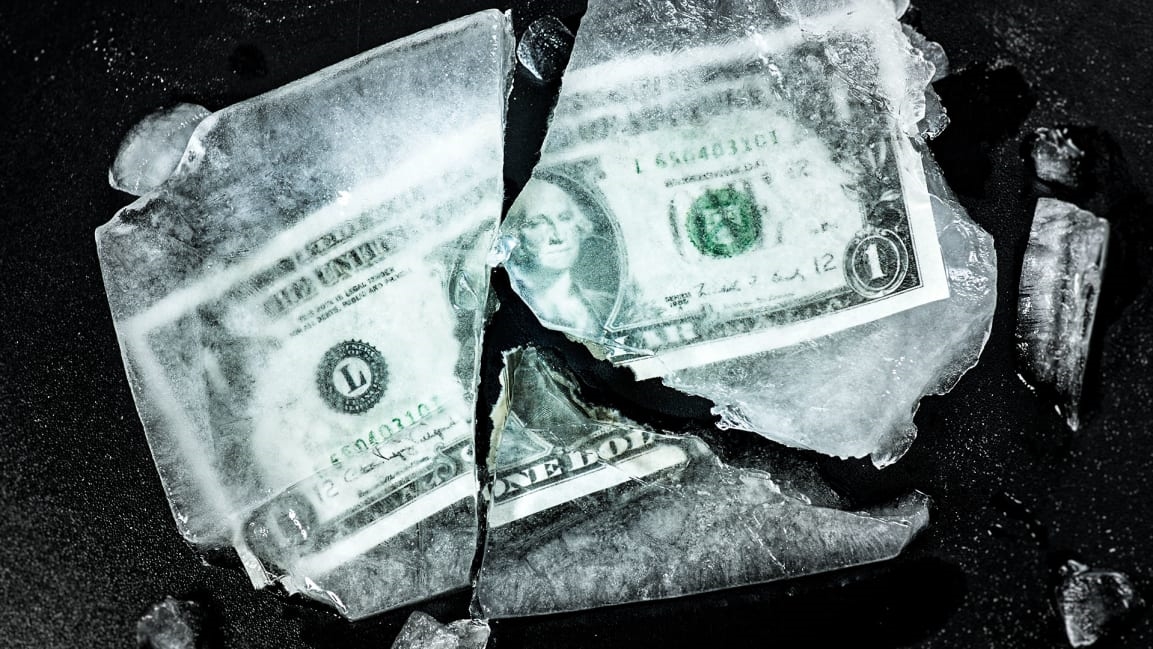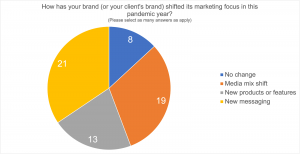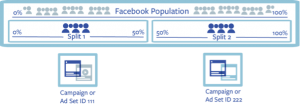
Is the world going stag? A new warning from the World Bank says that the global economy may be on the brink of a brutal combination of high prices and low economic growth, commonly referred to as “stagflation.”
“Compounding the damage from the COVID-19 pandemic, the Russian invasion of Ukraine has magnified the slowdown in the global economy, which is entering what could become a protracted period of feeble growth and elevated inflation,” reads a brief from the World Bank, which was released on Tuesday. “This raises the risk of stagflation, with potentially harmful consequences for middle- and low-income economies alike.”
The World Bank subsequently lowered its annual global economic growth forecast to 2.9%—a decrease from its original 4.1% forecast in January, and what would amount to roughly half of the 5.7% seen during 2021. It also said that growth could remain low for the next several years.
For consumers, this could amount to a worrisome sign, especially since the majority of Americans today have never experienced a stagflationary period, given that it’s been half a century since the last one.
What is stagflation?
Stagflation occurs when economic growth slows, and prices continue to increase. The word “stagflation” itself is a combination of “stagnation” and “inflation.” In effect, it’s a worst-case scenario for the Federal Reserve, which has dual goals of maintaining price stability (keeping inflation at around 2%) and maximizing employment.
We haven’t seen stagflation in any notable form in roughly 50 years, too. During the 1970s, the average inflation rate was 6.85%, and unemployment was over 6% for much of the decade, as the U.S. was smacked by an oil crisis that contributed to both low economic growth and high prices. In the subsequent years, the Federal Reserve raised interest rates significantly to tame inflation, and the economy didn’t fully recover for years.
As for what’s spurring fears about a current bout of stagflation? The Russian invasion of Ukraine is part of it, along with supply chain and production issues due to the pandemic, and rising interest rates designed to combat rising prices. Treasury Secretary Janet Yellen has even said that we’re already seeing “stagflationary effects” due to the numerous effects simultaneously hammering the global economy.
How likely is a stagflationary period?
You simply need to take a look at the writing on the wall, too, to get a sense of whether stagflation fears are founded. During Q1 2022, the U.S. economy contracted 1.5%. Couple that with ugly inflationary numbers—in April, the Consumer Price Index (CPI) was up 8.3% year-over-year, although that was a decrease from the 8.5% in March—and it appears that the two main ingredients for a stagflationary period are both in play.
The good news is that the CPI did tick down last month, a sign that price increases may be receding at least somewhat. Another thing to keep in mind is that the job market is still relatively strong. The unemployment rate held at 3.6% in May for the third month in a row, near or at what economists would consider “full employment.” But despite those positive signs, a recession, and potentially stagflation, may be unavoidable at this point.
“The war in Ukraine, lockdowns in China, supply-chain disruptions, and the risk of stagflation are hammering growth,” said World Bank President David Malpass, in World Bank’s brief. “For many countries, recession will be hard to avoid.”
(39)





